Hippie Jim's Castle in Capstick
This story takes place in the area of Capstick, the tiny, isolated community near Meat Cove, at the tip of northern Cape Breton. Both rustic and beautiful, it’s the kind of place that draws tourists looking to drive to the edge of the continent until they can’t drive any more. On a clear day, St. Paul’s Island, and sometimes even Newfoundland, can be seen from the top of Meat Cove Mountain in the otherwise unimpeded expanse of the Atlantic Ocean.
James Bruce Kucharuk, known locally as Hippie Jim, spent most of his young life in Maine. He was a Vietnam War resister, and like many other American imports to Canada in the early 1970s, he looked to evade being drafted. Canada’s immigration policy at the time was more flexible for Americans to obtain citizenship, and tens of thousands of war resistors made their way north from 1965-75.
Both Jim and his wife D’arcy were creative free spirits in their twenties, Jim being an artist (painter / carver) and D’arcy a fledgling actor. The couple also had a daughter named Tonya. They were able to purchase a plot of land and proceed with building a home. Veronica MacInnis recounts: “Jim and D'Arcy bought the property from us to build their castle. I knew them very well and spent time with them and watched how he took the rocks up from the nearby Salmon River which was a steep climb. He borrowed a horse from a neighbour and the horse would get very stubborn and would lay down and not pull the rocks - it was kinda funny”. From what started as a small cabin quickly evolved into a dream home.
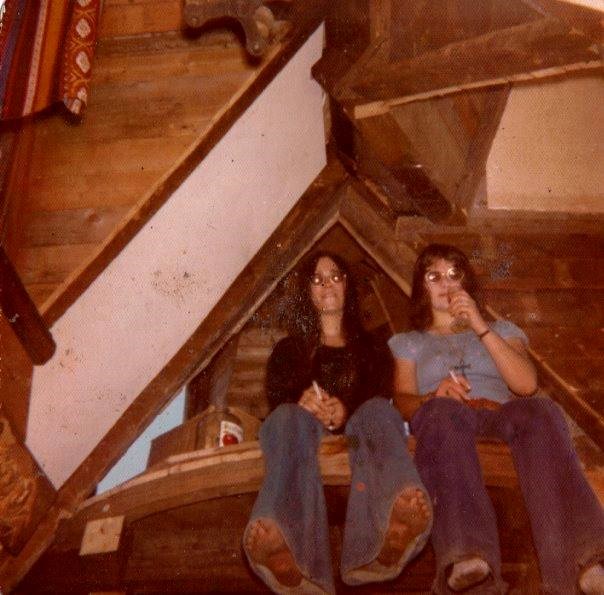
Theresa and Collete inside The Castle. Photo courtesy of Theresa Burton MacKinnon
The locals referred to it as "The Castle", a whimsical structure made of local timber and stone, stained glass windows, a prominent stone fireplace, and one of the interior walls was made up of old bottles. It was tiny by today’s standards, and passers-by often wondered how anyone could manage to live in such a small space.
The couple were likeable in the community, and had connections with several neighbours, including those living in the “hippie village”, a small community of Americans that had sprung up in nearby Meat Cove. Peter Capstick, their closest neighbour, may have had the most contact with them. One time their daughter suffered a bad cut to her leg, and Jim carried her to Peter’s for help. Peter, who was handy in many ways, treated the wound and bandaged Tonya’s leg, helping her make a full recovery. For several years there were no doctors stationed north of Smokey, so the community had to be self-sufficient, dealing with medical problems and other issues themselves.
Living off of the land, the couple had gardens, and housed several animals, including a horse named “King”. Jim was a vegetarian, and he seemed to impose this lifestyle on his family. Veronica Chamberlain, a neighbour, mentioned that “D’arcy and their daughter would come to her place to eat meat, then pick it out of their teeth before returning home.” Some years they had a bounty of vegetables, and other years were much harsher. Winters were challenging, as the house had no insulation to provide comfort from the harsh conditions in northern Cape Breton.
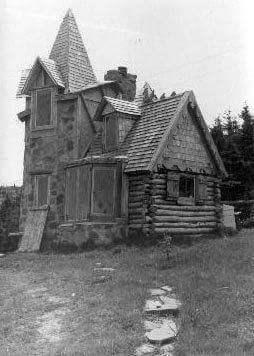 "
"
The Castle" photo courtesy Arlene Fougere.
D'arcy would return home each winter with Tonya to be with her family in the U.S., while Jim would stay in the isolated castle. One year, while the family was away, Jim went up a nearby mountain called Little Grassie to conduct a long-term fast for a cause, taking in only water and some liquids. His fast was well known, even being talked about on a local radio station. By all accounts, it was meant to be a temporary measure, as Jim shared dreams of riding his horse King from Cape Breton to Mexico in the spring. People in the community knew he was suffering, and they made concerted efforts to encourage him to eat. They contacted the RCMP, who visited him, witnessed his deteriorating condition, and they also tried to convince him to stop the fast.
Despite all this, 58 days in, Jim died at the age of 27 in 1974. There are some accounts that state that his death was due to complications related to returning to eating too quickly, while others indicate that it was just too late, and that he may simply have starved. A funeral for Jim was held in Sydney Mines, and he is buried in a George's River cemetery. D’Arcy returned to close up the house, and it was reported that she and Tonya later moved to Florida.
Jim’s castle remained deserted for many years, just as he left it. Its presence on the landscape captured the imagination of many visitors to the area, conjuring up their own thoughts of fantasy and romance. The site continued to be visited through the 1990s, although the structure by that point was starting to show significant signs of deterioration. Today it no longer stands, slowly being taken back by the wilderness from which it was constructed. Many of Jim’s artistic works were still in the community after his death, but later burned in a fire sometime after his passing.
Thank you to Theresa Burton MacKinnon, Kenny Mac Dougall, Veronica Chamberlain, Arlene Fougere, Fred Cook and several others for sharing accounts with me over the last few years. There have been several different versions of this story that have been presented over the course of doing research. Like many stories in Cape Breton, it can be hard to separate fact from folklore, unless you have lived it.

Photos courtesy of Fred Cook
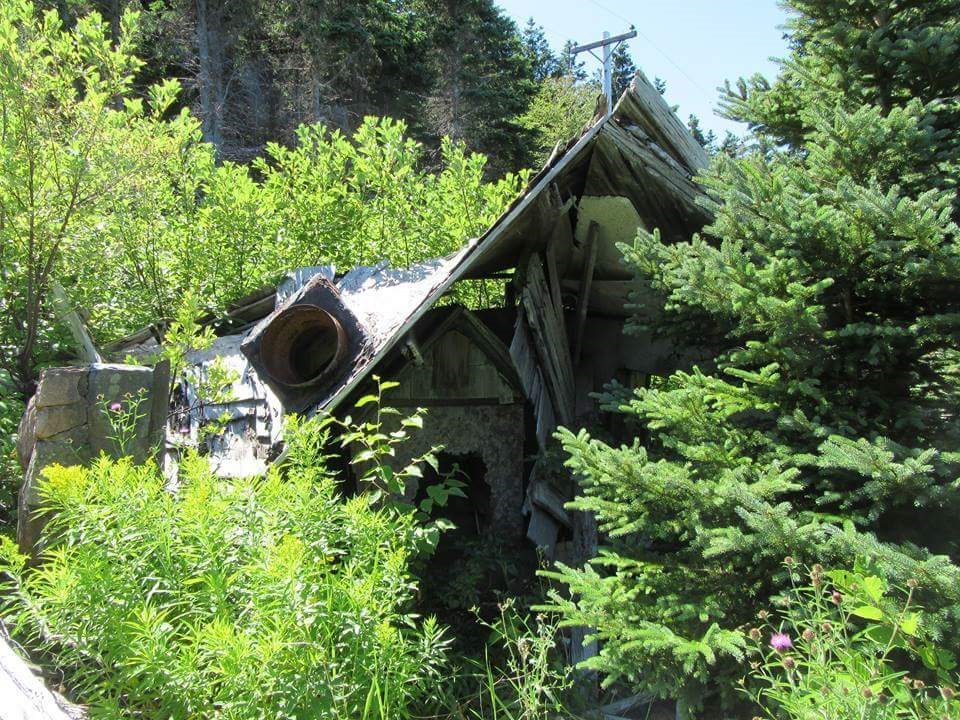
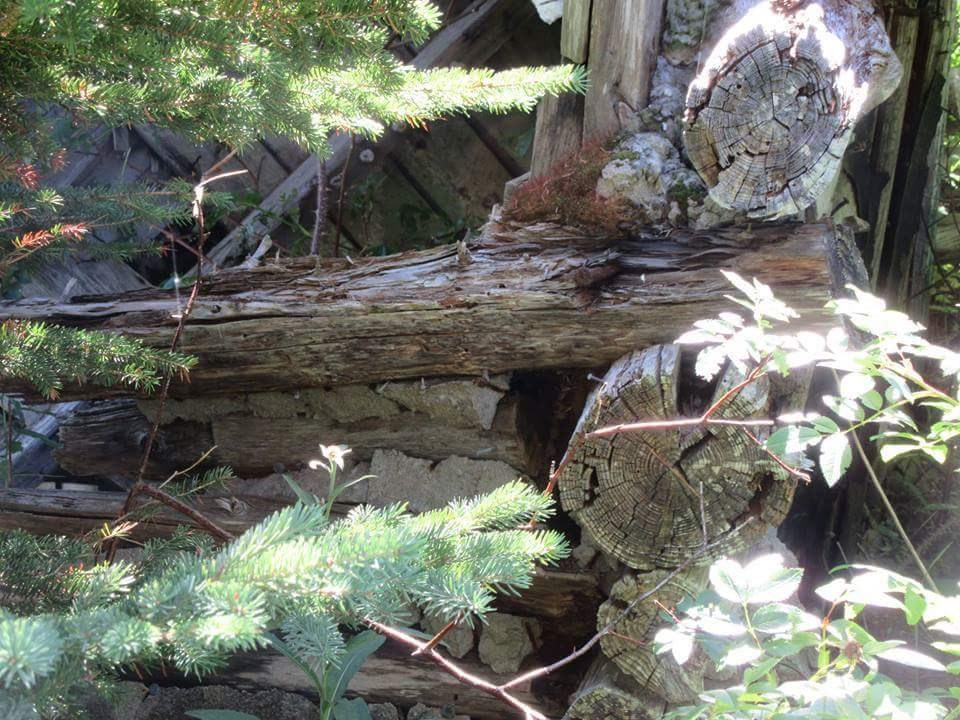
Remnants of the Castle - photos courtesy Arlene Fougere

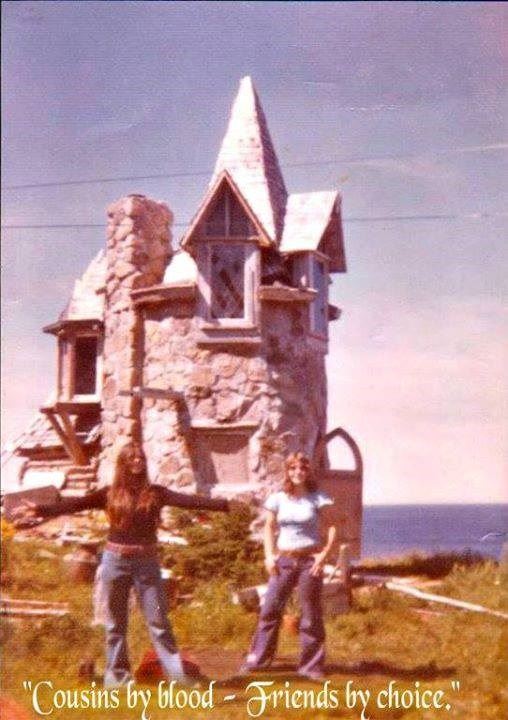




12
Log In or Sign Up to add a comment.- 1
arrow-eseek-e1 - 10 of 10 itemsFacebook Comments